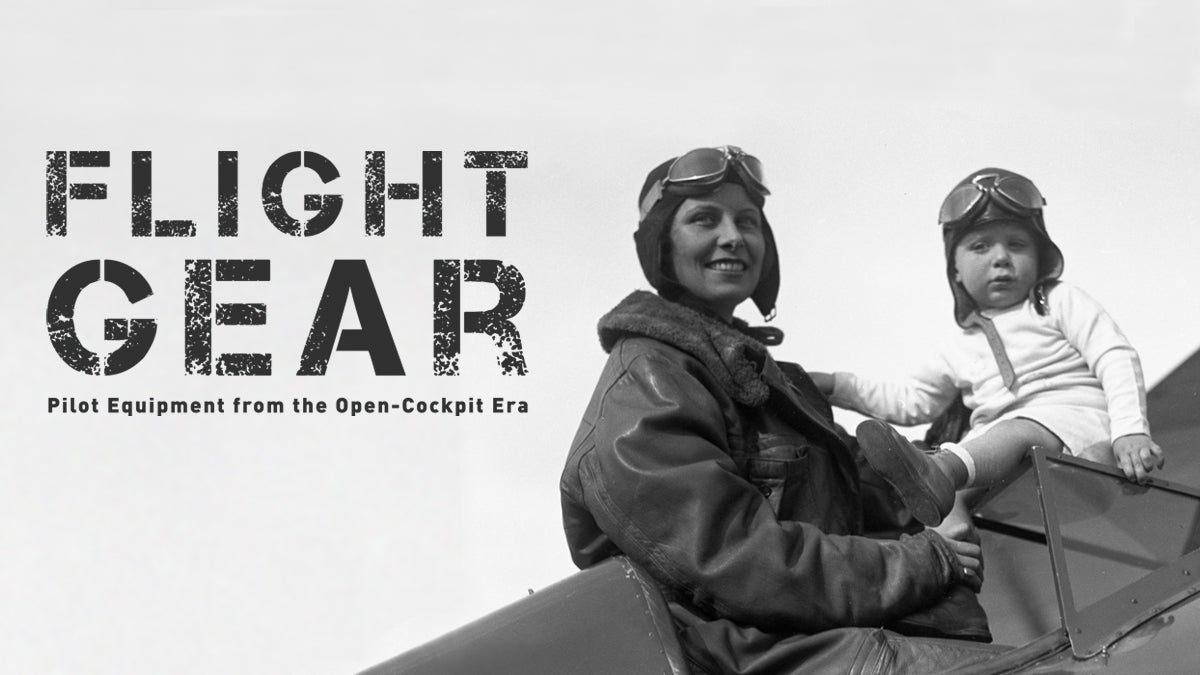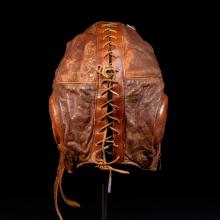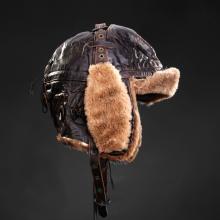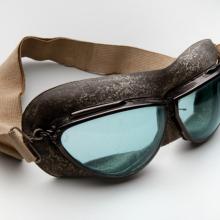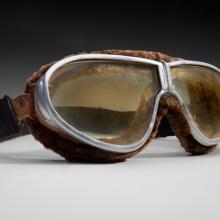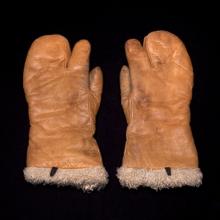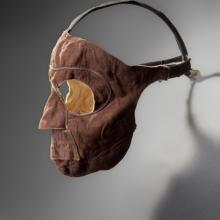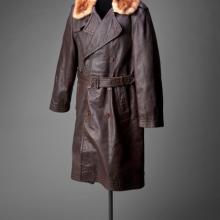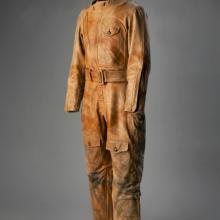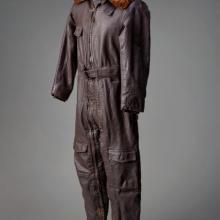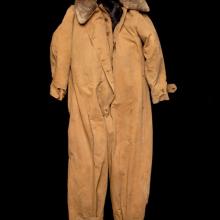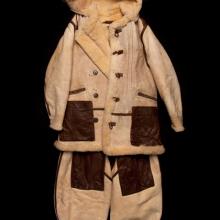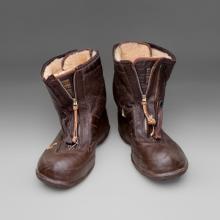Flight Gear: Pilot Equipment from the Open-Cockpit Era
Flight Gear: Pilot Equipment from the Open-Cockpit Era
The invention of the airplane in 1903 was followed by a specialized line of equipment designed to meet the needs of its operator and new master of the air—the aviator. From lying prone, to sitting upright in a rudimentary seat amid open brace-work, to a position behind a partial wall, it was many years until the pilot station was fully enclosed within the fuselage of an aircraft. As airplanes flew faster and farther, exposure to the elements became an increasingly acute part of the pilot experience. Extremes in wind velocity and temperature were primary challenges to the physical demands of operating early aircraft. Protective clothing was developed to mitigate these harsh conditions, and aviator equipment was marketed to a growing number of private, commercial, and military flyers at home and abroad. Head coverings, eyewear, facemasks, jackets, pants, one-piece coverall suits, gloves, and boots were all designed to accommodate the human side of the flying equation. Such full-body gear became standard on pilots' checklists, and much of it remained in use up to and during the World War II period of the 1940s.
The one-piece flying suit became standard issue for pilots and aviators in military service. It provided a simplified and comfortable style of dress and left nothing to come un-tucked. Such suits featured oversized chest and leg pockets large enough to accommodate a flight chart. With overlapping flaps at the openings and a generous mid-waist belt for a snug fit, the one-piece flying suit was very effective at repelling the elements.
Head-coverings and protection for the hands and feet were essential components of the pilot's flight gear. A helmet with chinstrap and goggles worked together to protect the cranium, block engine noise, and enable the eyes to see in the high winds of the slipstream. Most were visor-less so goggles could be easily retracted. Extra layers of soundproofing were sometimes sewn over the ears and some helmets included cylindrical baffles at the front of the ear to further reduce noise levels.
Safety goggles were vital for visibility, and for protection from airfield gravel, debris, insect strikes, engine oil, and other lubricants such as castor oil that could damage the eyes. The lenses were often tinted to reduce solar glare.
Heavy-duty gloves and gauntlets were designed with insulated linings, and special boots and over-boots insulated feet and used strap, lace, and zipper enclosures. As encumbering as these accessories were, they were much preferred over frozen faces, numb hands, and frostbitten feet.
In addition to the practical necessity of this distinct clothing, flight gear served as the identifier of a new breed. Set apart from the earthbound multitudes, its wearer could not be mistaken for any other type. And, as the dramatic presence of the pilot-figure emerged in popular culture during the opening of the Air Age, flight gear became the costume of these intrepid daredevils of the sky.
©2012 by the San Francisco Airport Commission. All rights reserved.
